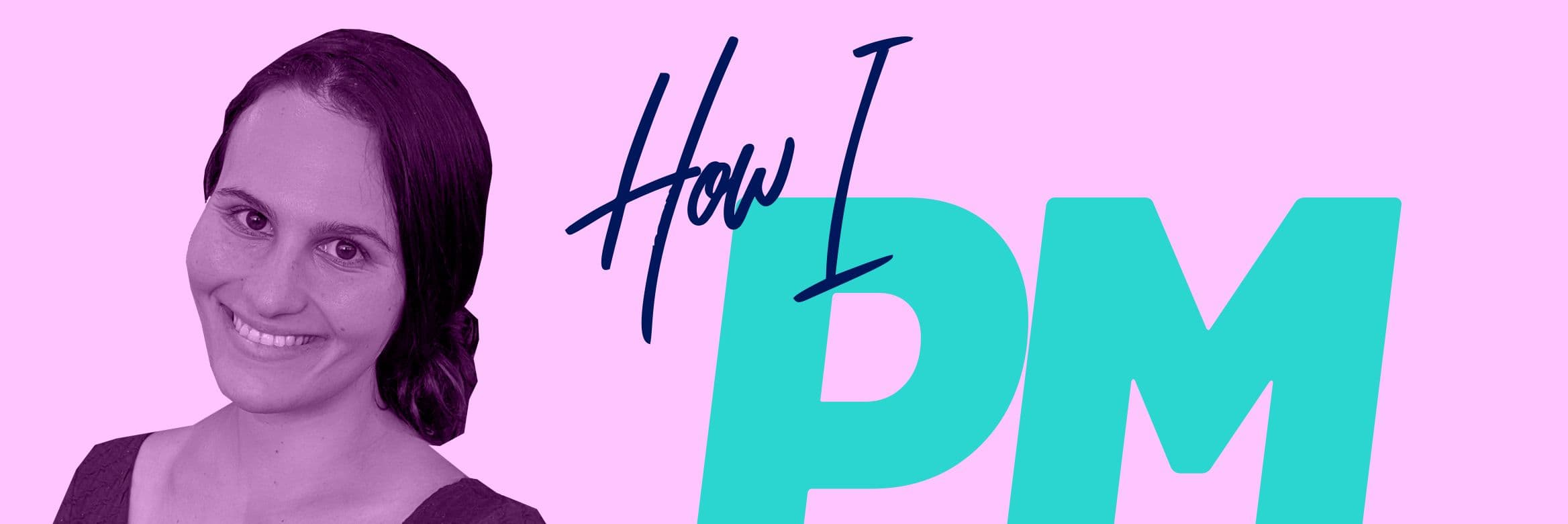How I PM: Rachel Kaplan, Product Manager at Coinbase
Rachel Kaplan, PM at Coinbase, is passionate about building an open financial system that users love. This is how she product manages.
Rachel Kaplan is a product manager on the Identity team at Coinbase. Before joining Coinbase, Rachel was a technical solutions engineer and growth PM at Dropbox. As a PM, Rachel’s technical background—mixed with experience in UX and product—helps her team solve the difficult questions that stem from building a financial system that is both secure and user-centric.
Location: San Francisco
Current Company: Coinbase
One word to describe how you product manage: Collaboration
1. Fill in the blank: The product manager is the conductor of the product.
2. What is something—even within your company—that is commonly misunderstood about the product manager role?
One common misconception is that the PM tells designers and engineers what to do. At Coinbase, engineering and design are involved from the beginning of the product lifecycle.
3. What’s the best thing you’ve read to learn how to be better at your job?
When I joined the identity team at Coinbase, I created an onboarding plan that was inspired by reading “This 90-Day Plan Turns Engineers into Remarkable Managers.” The article was written for engineers, but it breaks down the first 90 days into three stages that are applicable to PMs too and enabled me to ramp up quickly.
4. What is your favorite “Murphy’s Law” of product? What is a trap that you still have to remind yourself not to fall into on a daily basis?
Don’t assume how a user will interact with your product.
I’m currently working on our onboarding flow for Japan, which requires users to take a selfie. We learned from user testing that most Japanese users were hesitant to take a selfie without being properly prepared—getting a haircut, doing their makeup, etc. When we had initially designed the selfie step, we expected users would take 30 seconds to complete it.
Don’t assume how a user will interact with your product.
5. Any recent product initiatives that you are particularly proud of?
Within my first three months of joining the Identity team at Coinbase, I PMed changes to our onboarding experience that increased conversion by 10% for our EU customers. One of the biggest challenges of our onboarding product is that it must adhere to local regulations while reducing usability friction. The 10% lift came from working with compliance to better optimize how we implement regulatory requirements.
6. Looking back on your career, what is something that has taken a while to get better at? If you were coaching a more junior PM, how would you help them accelerate that learning?
Learning how to communicate with many types of stakeholders. Err on the side of over-communication, create a public slack channel for major projects, and send out weekly or biweekly updates to keep stakeholders consistently informed.
Err on the side of over-communication.
7. How do you carve out time for more strategic thinking?
I’ll block off at least an hour to whiteboard our biggest product challenges with another team lead.
8. Most memorable team name? How did the team get that name?
OReO. This was the first team I joined at Dropbox, and it was one of the precursor teams to what is now Growth Product. The “R” stands for revenue, but I don’t recall what any of the other letters stand for, or how the team got its name — we did get oreo sweatshirts!
9. In your opinion, what makes a team really click? What can you do to help a team get to that point (and stay that way)?
Everyone on the team should have a clear idea of why we’re building what we’re building. This enables each person to be working towards the same common goal and is especially important for products that aren’t the most flashy. It also empowers everyone to have an opinion on how we should go about approaching the product problem.
Everyone on the team should have a clear idea of why we’re building what we’re building.
10. How do you gracefully say no?
I first confirm the meat of the ask—often a request is for a solution, but we are already tackling the problem in a different way. I also give context and a timebox to a no: “We aren’t able to tackle X this quarter because we are already tackling Y and Z for your team, which are higher priorities.”
11. If you could switch jobs with anyone…what would you try?
Investigative journalism. I’d love to switch places with Jane Mayer or Ronan Farrow for the day—the pieces that they’ve written have shaken up societal norms and entire industries.

Cara Harshman
Former Managing Editor, Amplitude
Cara was formerly the Managing Editor at Amplitude. Before joining this crew of super-passionate, smart individuals, she wrote and spoke a lot about A/B testing and personalization at Optimizely. She has spoken at MozCon, CTA Conference, Opticon, and Learn Inbound.
More from Cara




